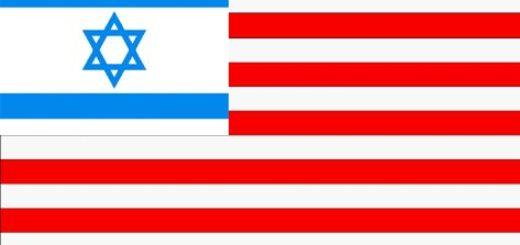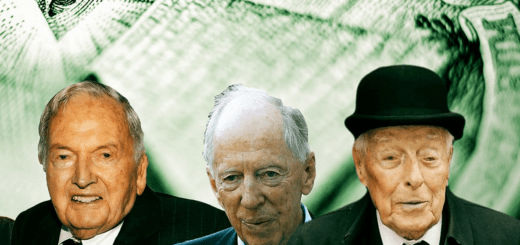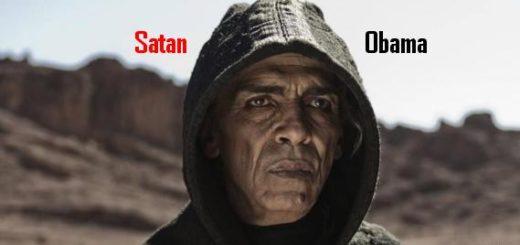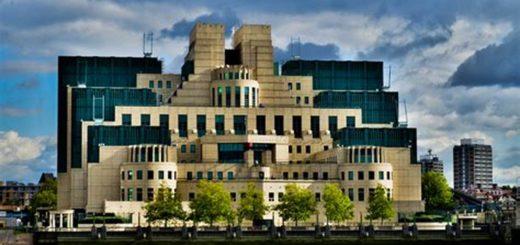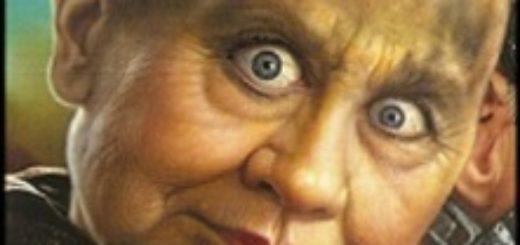How Japan Takes the Right Direction to American Jews: Pushing Open Borders & Liberalism-Depression is Major Problem in Japan as Young Are Taught to Not Value Their Heritage By Same; Japanese Became Slaves to Empire Post WW2
Comment: Feature picture is Rothschild ‘Red Shield’.
National Bugle Radio with Patrick Slattery 11.7.18
By RBNNovember 7, 2018 14:02
Related Articles
- National Bugle Radio with Patrick Slattery 11.30.20
- National Bugle Radio with Patrick Slattery 1.30.19
- National Bugle Radio with Patrick Slattery 8.19.20
Podcast: Play in new window | Download
Subscribe: Google Podcasts | RSS
Patrick Slattery says the mid-term elections are a win for Trump. The bigger and better Republican majority in the Senate will allow Trump to take control of his own administration and reshape the judiciary.
A Short Comparison of the Western Exploitation of Japan, China, India
In: Historical EventsSubmitted By Appleseeds
Words 734
Pages 3The Western Exploitation of Japan, China, and India
History is filled with stories of one culture influencing and exploiting other cultures. Perhaps the greatest example of this is the Western exploitation of Asia. Throughout the nineteenth century various Western powers used their might to exploit the country of Japan. Japan however was not alone in this unfair treatment; China and India were also subject to Western influence. However, the way these influences took place differed in a variety of manners. While Japan and China underwent similar events, with a forced end to isolation and unequal treaties, India was completely taken over by foreign powers. Japan was ever wary of foreign influences to its culture; since the beginning of the seventeenth century the Tokugawa Shogunate had enforced a strict isolationist policy. By the mid-ninteenth century Japan had become too valuable of an economic foothold for the West to leave be. In 1853, President Millard Fillmore sent Commodore Matthew Perry to end Japanese isolationism. When the Japanese government saw the smog-belching, technologically superior, battleships pull into the Tokyo harbor they knew they had no choice but to give into any demands the Americans made. This led to the first of many unequal treaties, the Treaty of Friendship, which opened up several ports to American trade and established an American consulate. The first consul, Townsend Harris, forced even further concessions with the Harris Treaty in 1854. This treaty forced the opening of even more ports and established extraterritoriality for foreign citizens. It also established tariffs that heavily favored foreigners. Similarly China had also been under a self-imposed economic isolation. The Qing Dynasty had established the Canton system, in the mid-eighteenth century, which had limited foreign trade and influence to a very small portion of the Canton region. However, foreign trade still flourished throughout China mainly in the form of opium. Unlike the Japanese, the Chinese were willing to risk armed conflict to protect their isolation. The Chinese government began to try and control the spread of the drug, and in 1839, confiscated supplies from British ships. This sparked the First Opium War, which the British won decisively. This allowed the British to force major concessions from the Chinese in the Treaty of Nanking (1842), which opened more ports to foreign trade and granted extraterritoriality and a most favored nation status. More nations would force these same concessions from the Chinese through further treaties. This process was used as a framework for what would later happen in Japan. While India too was subject to foreign exploitation, this exploitation took place in a far different manner. Rather than just gain economic control through treaties, like in Japan and China, India was made into a colony which the British Empire had complete control over. The East India Company had arrived in India in the early seventeenth century and was granted permission to trade throughout the country. By the eighteenth-century the company had de facto control of most of the region. They began to annex parts of the country in 1772 and resorted to force when natives resisted. Rule of the country was transferred to the crown in 1858 where it was ruled as such for another century. While Japan, China, and India all suffered from foreign exploitation, they suffered in different manners. Japan and China were forced out of isolation and into unequal treaties. India was merely turned into a dependent colony. In the end all were subject to Western demands however.
Word Count: 548
Bibliography: 1. Metcalf , Barbara, and Thomas Metcalf. A Concise History of Modern India. Cambridge, New York: Cambridge University Press, 2006. 2. Murphey, Roads. A Short History of Asia. 6th ed. New York: Longman/ Pearson, 2009. 3. Pyle, Kenneth. The Making of Modern Japan. 2nd ed. Lexington, MA: D.C. Heath and Company, 1996.
about:blank——————————————–
[ 1 ]. Murphey, Roads. A Short History of Asia. 6th ed. New York: Longman/ Pearson, 2009. 282
[ 2 ]. Class Lecture 10-26
[ 3 ]. Pyle, Kenneth. The Making of Modern Japan. 2nd ed. Lexington, MA: D.C. Heath and Company, 1996. 62
[ 4 ]. Class Lecture 10-26
about:blank[ 5 ]. Class Lecture 10-24
[ 6 ]. Murphey, Roads. A Short History of Asia. 6th ed. New York: Longman/ Pearson, 2009. 328
[ 7 ]. Class Lecture 10-26
[ 8 ]. Metcalf , Barbara, and Thomas Metcalf. A Concise History of Modern India. 56
[ 9 ]. Metcalf , Barbara, and Thomas Metcalf. A Concise History of Modern India. 96
ECB is a Rothschild Bank as is Bank of Japan (ENSLAVING …
https://brutalproof.net/2021/03/ecb-is-a-rothschild-banks-as-is-bank-of-japan/In terms of business, the Rothschild family has a lot of influence in Japan, especially in the financial sector. Back in 2004, the time when the fund was owned by Jacob Rothschild is RIT Capital Partners, this fund invested in Shinsei Bank with £100M profit. Shinsei is the first bankinJapan be invested and controlled by the foreign owner.
Eustace Mullins – What The Rothschild Empire Did To Japan
https://rense.com/general90/whyhir.htmAlthough Truman liked to take full credit for the decision to drop the atomic bomb on Japan, in fact, he was advised by a prestigious group, The National Defense Research Committee, consisting of George L. Harrison, president of the Federal Reserve Bank of New York; Dr. James B. Conant, president of Harvard, who had spent the First World War …

